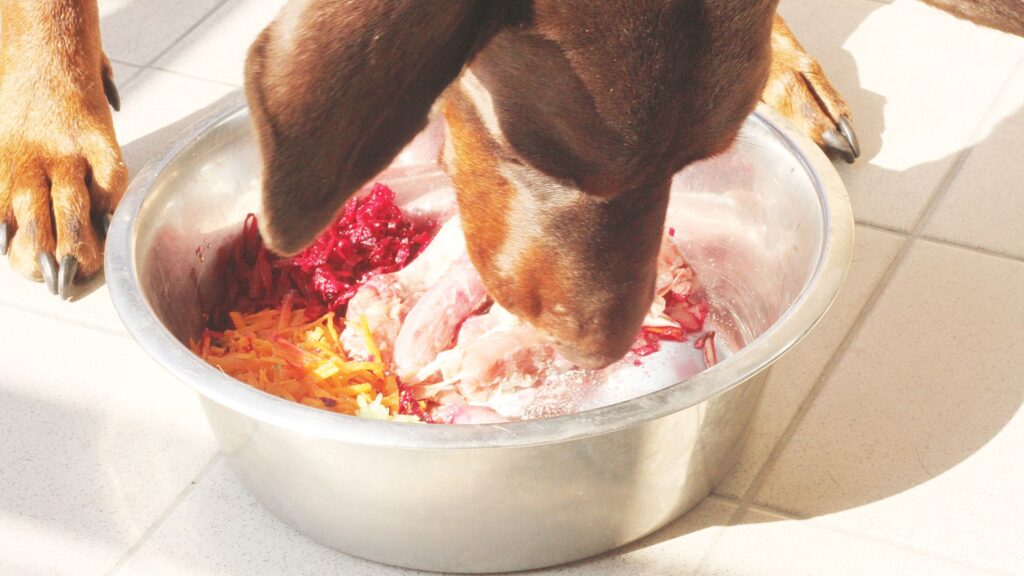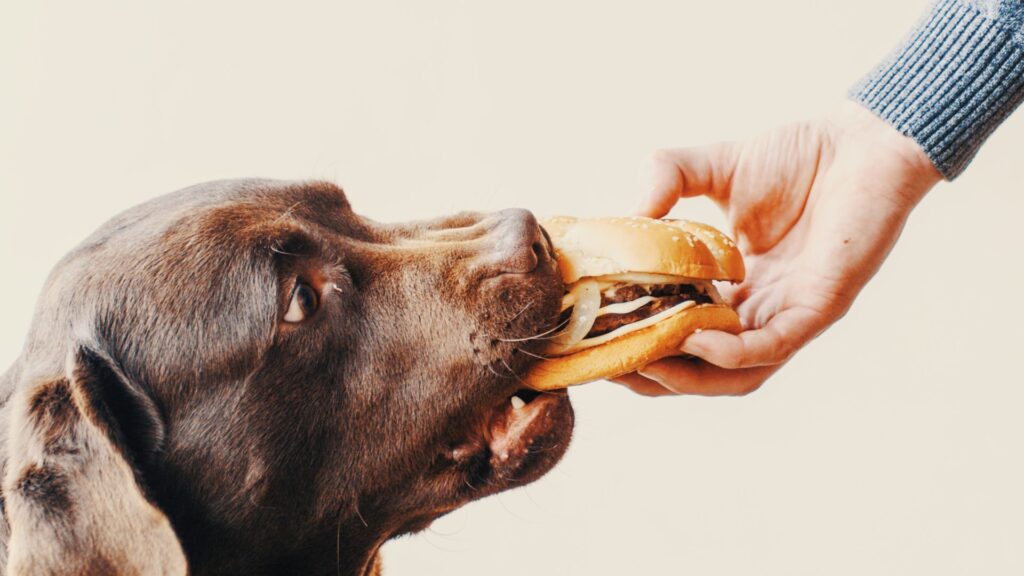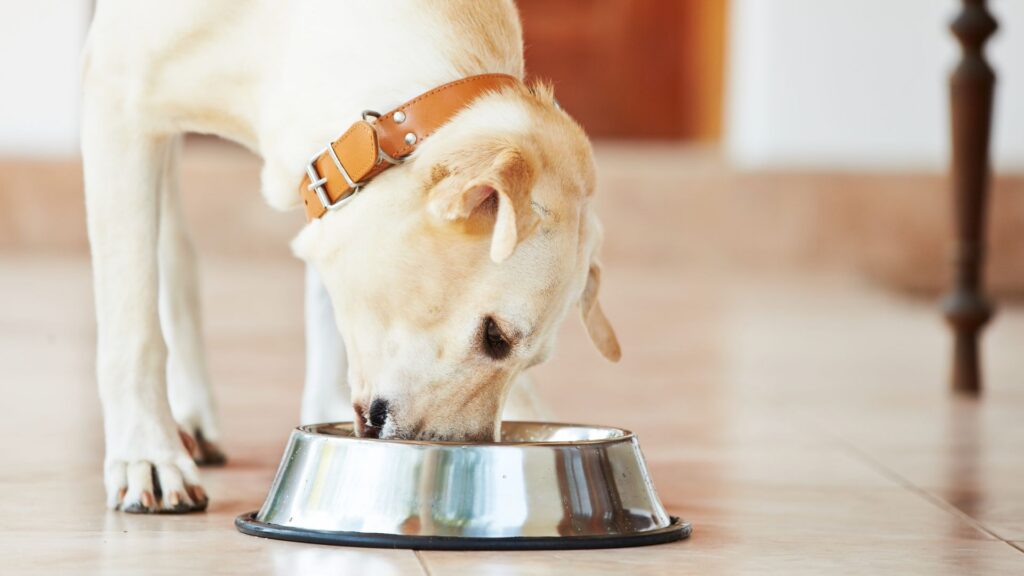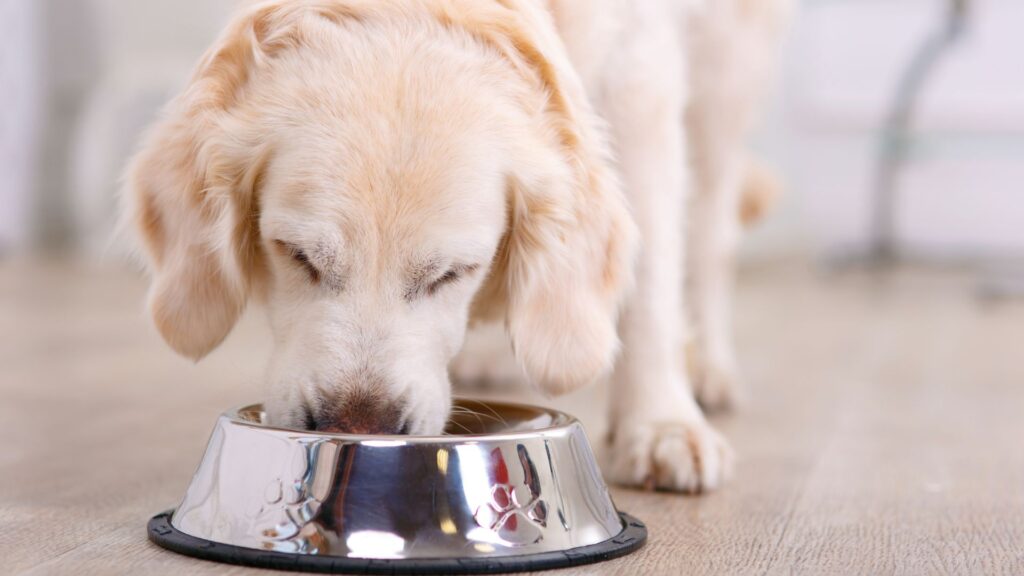
Happy Tails are Activated by Good Food
Food. Apart from oxygen and water, it is one of the most important survival requirements for all living things. We humans not only want our food to satisfy our appetite, but we also expect it to provide us with nourishment.
Our pets are like children; they always want to be the center of our lives. Because of the special place we have for our dogs in our hearts, we have a moral duty to meet their practical needs as well as our emotional ones. Unfortunately, not many pet owners have a firm grasp on what kind of diet is best for their pets.
When it comes to the health and wellbeing of your pet, you can trust the guidance of a Sirwiss veterinarian. Keep reading to find out what you’ve been doing wrong and where you need to focus your attention in the realm of your pet’s diet.
Your Complete Guide to Dog Nutrition

Proper nutrition for your dog can extend its life and improve its quality of life. Maintaining a healthy weight depends in large part on eating the proper amount of food. Overfeeding a dog is simple, yet it will have long-term effects on the dog’s health and happiness.
Best Diet for Dogs
The ‘correct’ diet differs from one dog to another since it should be tailored to meet the specific requirements of each individual dog. Because they are omnivores, dogs have the digestive capacity to process both animal products and plant matter. As a result, they require a diet that is well-rounded, consisting of proteins, lipids, fiber, minerals, and vitamins. Cheap dog food of poor quality is almost never preferable to premium dog food in terms of quality.
Should Dogs Eat Wet or Dry Food?

There are many options when it comes to dog food, but a dry formula labeled “complete” is typically the best bet. All the nutrients your dog needs are here, in a form that doesn’t take up much room. They aid in the removal of plaque and tartar from the teeth, therefore they’re far better for your dog’s dental health than wet food. Dry food has a higher concentration of nutrients and has considerably less water, so you may feed them less of it without sacrificing their health. Dogs suffering from an injury or surgery may find wet food more palatable, and some sick animals may actually benefit from the higher moisture content. Many pet parents feed their dogs a combination of the two because many canines prefer wet food despite the fact that it can make a mess.
Choose The Right Food for Your Dog
Always check the label to see what’s included, regardless of the brand. Meat, the most digestible and hence first ingredient, is the best source of protein for your dog’s body. If the first few components include words like “animal derivative,” “meal,” or “cereals,” it’s probably not the best choice. The age, lifestyle, and health issues of your dog will all factor into the recommendations that your vet or nurse will make for his or her food.
Toxics in the Human Food

While it may be tempting to give your dog scraps from your plate, it’s important to know which human foods can be harmful to dogs. The experts have compiled a list of the most dangerous human foods that should never be given to pets. As always, if you think your pet has eaten any of the following, jot down the specifics and get in touch with your vet.
Here are some examples of foods that should never be given to a dog:
- Nuts
- Onions
- Raisins
- Chocolate
- Leeks
- Garlic
- Leftover bones
- Alcohol
- Avocado
- Raw/Undercooked Meat
- Eggs
- Salt and Salty Snack Foods
Should They Eat the Same Things Their Whole Lives?
Depending on how old your dog is, you may need to make adjustments to their food to meet their changing nutritional requirements. Puppies under the age of a year, for instance, need a diet that provides enough food for their active lifestyle while also promoting normal brain, eye, and bone growth. Similarly, canines over the age of seven should move to a diet that promotes mobility and cognitive health.
Can Diet Assist with Dog Health Problems?

Dogs sometimes require a therapeutic diet to aid in the maintenance of existing health issues. Dogs with kidney disease, arthritis, skin allergies, digestive disorders, or dietary sensitivities are among these. Changing your dog’s diet may be necessary if he or she ever gets any of these diseases. Your veterinarian will always be delighted to advise you on the best course of action.
Changing their diet abruptly can cause stomach distress and make them lose interest in eating, so it’s best to make any necessary adjustments slowly. Introduce the new meal gradually by mixing it into their regular diet. Over the course of a week, switch them over to just eating the new food by gradually increasing the amount of new food given to them while decreasing the amount of old food.
How Much Should My Dog Be Fed?
Breed, age, and size all play a role in determining how much food your dog needs. The first place to look is the packaging, as any dog food will have instructions on how to feed it properly. Then, you can discover if they are consuming too much or not enough by monitoring their weight. Your pet should have a distinct waistline when viewed from above and the last two or three ribs should be felt but not shown when viewed from the side.
At the next wellness exam, your vet will check your dog’s weight to make sure he or she is in the appropriate weight class. You should weigh out your dog’s food every morning to prevent overfeeding once you’ve determined the appropriate amount.
How Often Should My Dog Be Fed?
After determining how much your dog should consume, you can divide this amount into several smaller meals throughout the day. One large meal per day has been linked to bloat, a potentially fatal illness also known as gastric torsion. Two or three smaller meals per day help prevent bloating.
Certain breeds, such as Great Danes, Irish Setters, and Weimaraners, are especially susceptible to bloat, so smaller portions are strongly advised. Some pet owners prefer unrestricted feeding to set mealtimes. This is where food is left in the bowl for the dog to consume at its own discretion.
If you prefer this method, it is essential to measure out their recommended daily amount at the beginning of the day and fill the dish to the recommended level. When something is gone, it is gone forever. Consistency is essential, so adhere to your chosen feeding schedule at all times.
How Many Treats Can You Give Your Dog?

It’s fine to give your dog the occasional treat as a reward for good behavior but remember that treats can be very heavy in calories. Choose low-sugar and low-carb snacks whenever possible, and don’t overdo it. Only five to ten percent of your dog’s total caloric intake should come from treats. You may still offer your dog a few sweet incentives without overfeeding them by breaking up larger goodies.
Fresh fruit and vegetables are great for your dog because they are considerably healthier and contain fewer calories. Dogs enjoy a wide variety of human foods, including apple chunks, blueberries, and baby carrots. These delicacies should nevertheless be enjoyed in moderation because they often contain a lot of natural sugars.
Fruits and vegetables in moderation are fine, but other human pleasures might cause serious issues. Many canines have perfected the art of ‘begging for a treat’ at the table while the human members of your family enjoy a snack. Although it may not seem like much at first, giving your dog even a few human treats on a regular basis can lead to weight gain and a preference for human foods like biscuits, which will only make the begging and puppy dog eyes worse. If you decide to give your dog a special treat, remember to cut back on his normal diet a little to keep his calorie count in check.
Remember to Keep Them Hydrated

Your dog needs water as part of its diet, and dehydration can have major health repercussions. While the vast majority of canines get the water they need on their own, you may want to take extra measures to ensure that your dog stays hydrated. The size of a dog’s water bowl may influence how much water they consume; dogs with long ears, such Bassett Hounds and Spaniels, benefit most from tall, narrow bowls; dogs of smaller sizes should use shallow bowls; and dogs of medium and bigger sizes should use wide, deep bowls. To get them in the habit of drinking water regularly, you should keep fresh, clean water readily available. If your dog is still not drinking enough, you can increase their water consumption by feeding them wet food. Lack of thirst is a symptom of some diseases and conditions.
Talk to your neighborhood vet if you’re worried about your dog’s nutrition or have questions about what it should be eating.